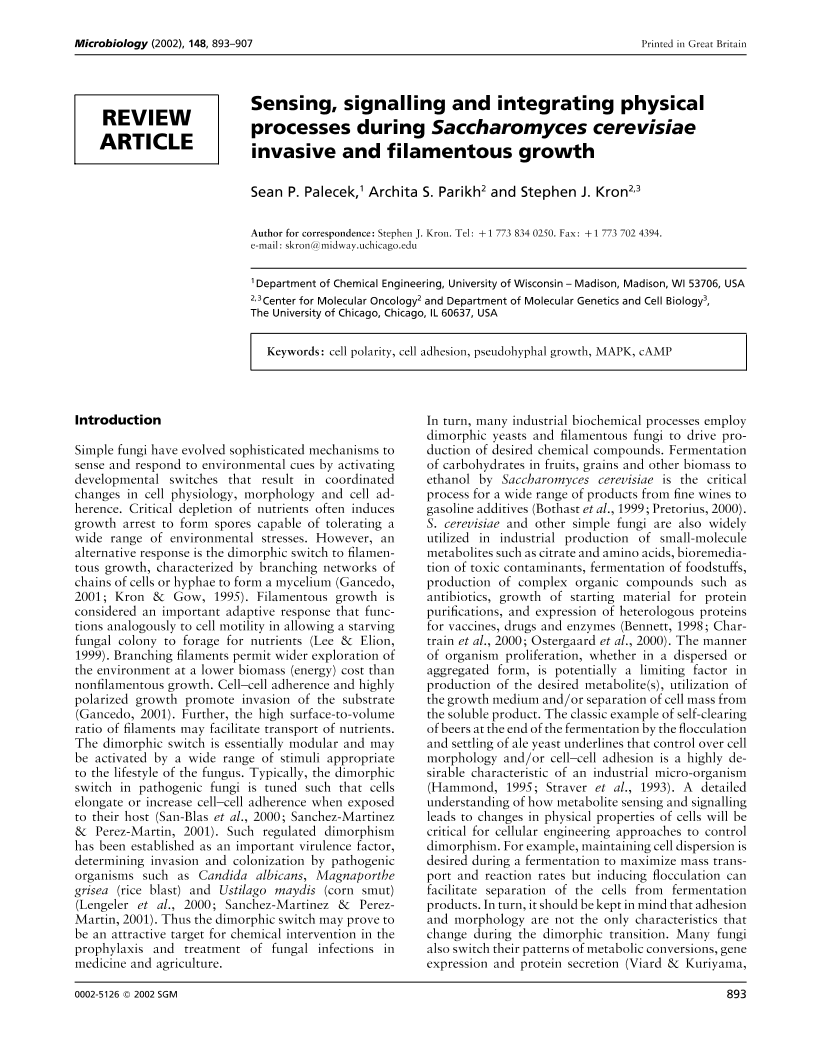
Full text loading...

Sensing, signalling and integrating physical processes during Saccharomyces cerevisiae invasive and filamentous growth, Page 1 of 1
< Previous page | Next page > /docserver/preview/fulltext/micro/148/4/1480893a-1.gif
There is no abstract available.

Article metrics loading...

Full text loading...
References


Data & Media loading...
